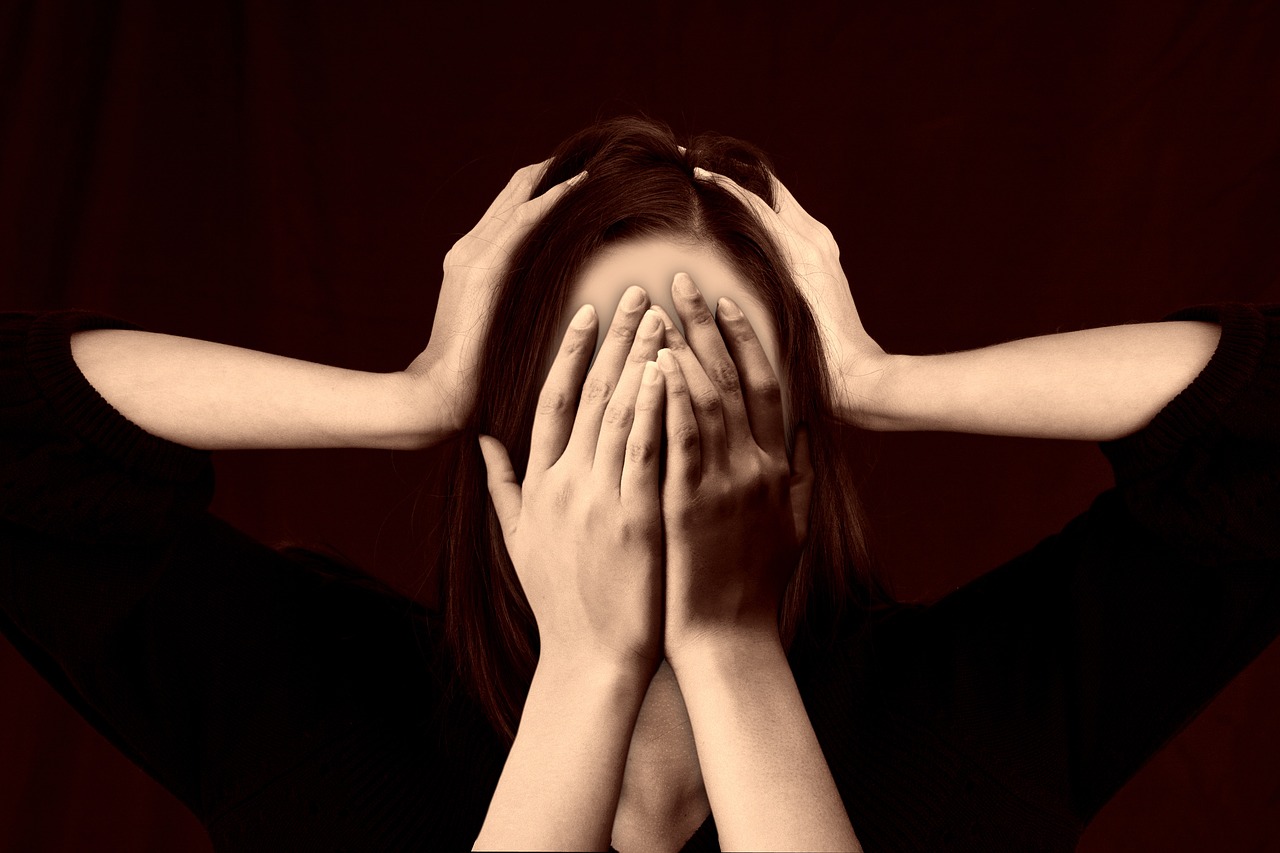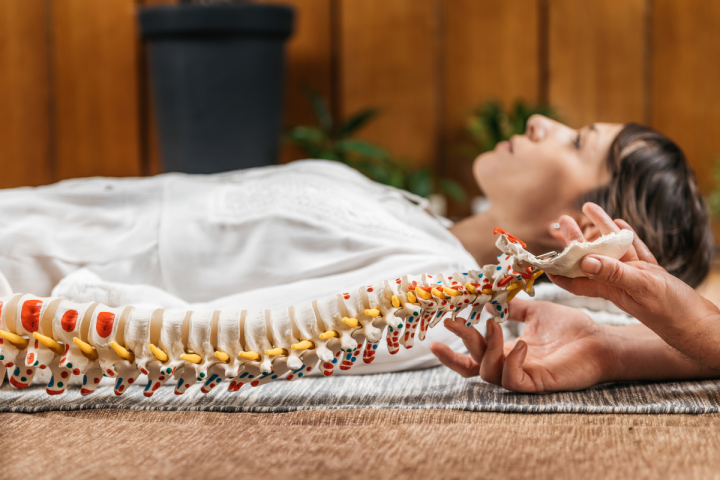Migraines are one of the most frequent reasons for visits to doctors' surgeries or pharmacies. Unfortunately, the excessive use of prescription painkillers for these conditions is associated with numerous side effects. However, there is a good chance that physiotherapy can help with persistent migraines.
What are migraines?
Migraine, also referred to as paroxysmal headachesmigraine is a neurological disorder that makes it difficult to function normally - so much so that migraineurs are often forced to take sick leave. The condition can last from several hours to several days.
Migraine is generally characterised by pain in one hemisphere of the head. It is often accompanied by auras, i.e. neurological symptoms often consisting of facial numbness or dizziness or darkness in front of the eyes. Symptoms that occur with migraine auras often also affect vision. The body in people experiencing migraines sometimes becomes hypersensitive to touch and the sense of smell and hearing overly sensitive.
A location on one side of the face and throbbing are also characteristic of migraine pain. It is aggravated by physical activity. Sometimes with this complaint there is also tingling in the limbs and corners of the mouth, or partial paresis.
The most common annoying symptoms accompanying migraines include:
- speech disorders,
- imbalances,
- hearing impairment,
- tinnitus,
- vomiting,
- fainting,
- diarrhoea,
- photophobia,
- hypersensitivity to sounds and smells.
Migraines - what are the most common causes ?
According to the international classification, a tension headache and migraine is otherwise known as a primary headache. It consists of a strong contraction of the neck and head muscles, which can persist long after the so-called attack. The susceptibility to migraines is often genetic and a mutation in one of the genes is responsible.
In addition to genetic predisposition, the most common causes of migraine include:
- exposure to prolonged stress,
- getting rid of long-term stress,
- incorrect diet,
- sleep disorders,
- weakening,
- anaemia,
- high blood pressure,
- endocrine disruption.
A migraine headache can also be caused:
- cervical spine injury,
- excessive muscle tension in the cervicothoracic region,
- the presence of upper crossed syndrome,
- vertebral artery obstruction,
- other chronic diseases.

Migraines - how can physiotherapy help?
Correct diagnosis and pharmacological treatment using a number of drug groups is essential for the adequate treatment of migraine attacks. Sometimes, however, this does not work.
As researched, physiotherapy can also be an excellent form of treatment for migraines. This is because, with the right history, a physiotherapist can effectively act on the cause of the problem.
Therapeutic work for this condition will generally be based on the elimination of increased tension in the shoulder girdle, neck and head. Often, dental physiotherapy may also be necessary, i.e. work with the temporomandibular joints, among other things. However, the best results are manual therapy and cranio-sacral therapy. They aim to reduce musculo-fascial tension in the trunk area, the cervical spine and the head itself, improve lymphatic circulation throughout the body relax and improve circulation in the head fascia area and calm the autonomic system.
Massage can be just as effective, as well as having a relaxing effect to reduce emotional tension and stress. Stretching exercises also work well.
Therapy can also be assisted with kinesiology taping and physical therapy in the form of magnetic fields, ultrasound, laser and electrotherapy. Sometimes physical treatments such as transcutaneous electrostimulation of nerves, or TENS currents, also help.
On the other hand, the best form of training and especially recommended for migraine sufferers are moderate aerobic exercises and yoga classes, aerobics, exercises to relax the neck and shoulder muscles, and Tai Chi.
Studies have shown that in migraine patients, multidisciplinary physiotherapeutic management sometimes showed better results than conventional therapy.




